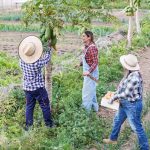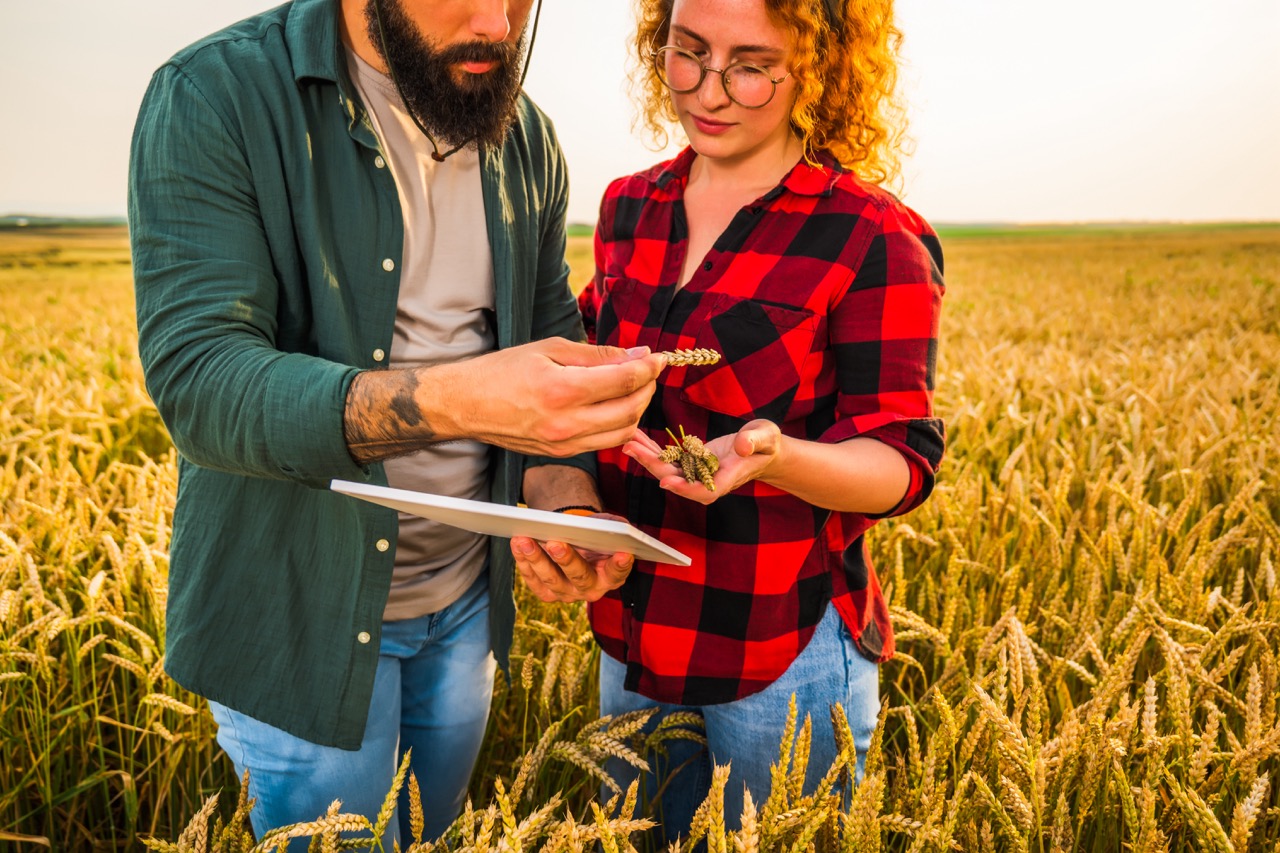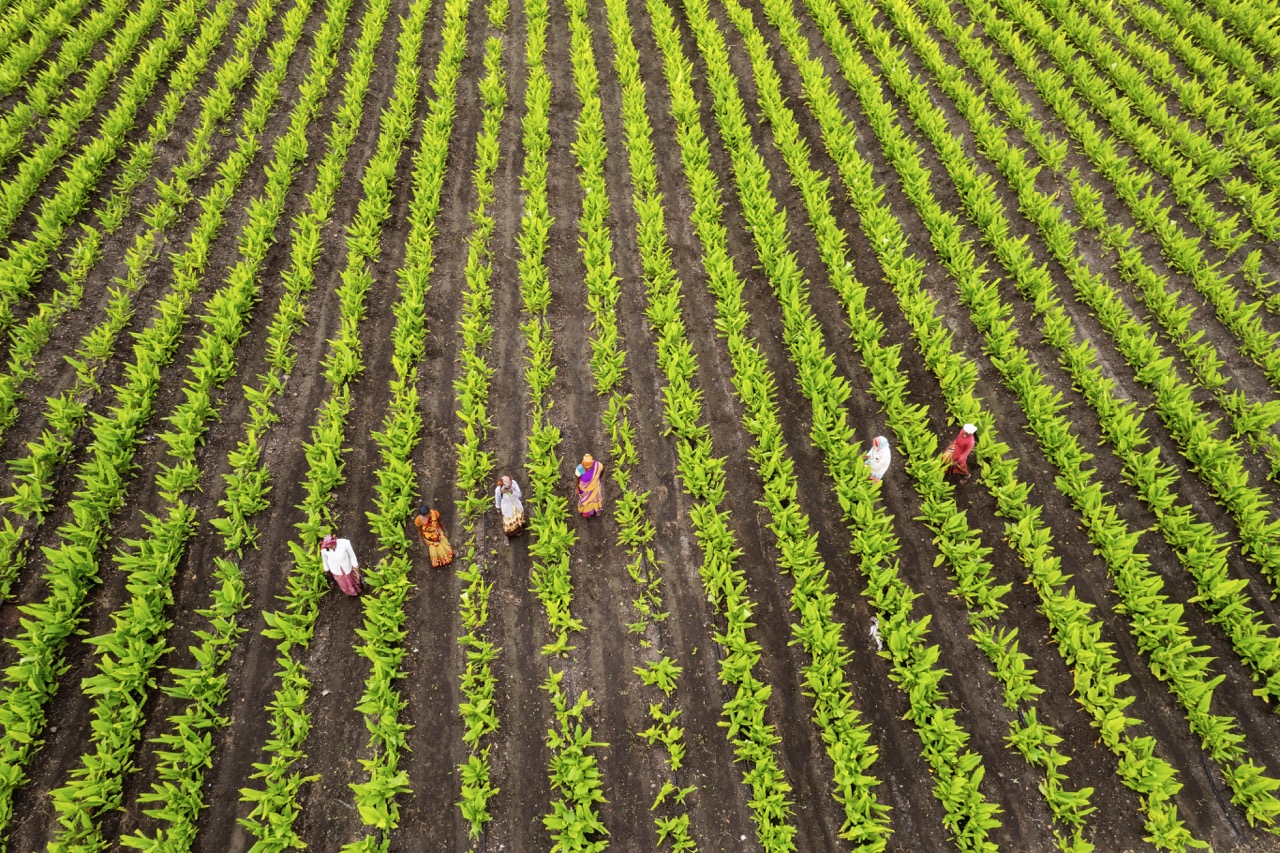In recent years, the conversation surrounding social equity has gained significant traction across various sectors, including agriculture. Sharecropping, a farming system that involves landowners and tenants, has been historically criticized for perpetuating cycles of poverty and inequality, particularly in the United States. However, when reimagined and implemented thoughtfully, sharecropping can serve as a tool for promoting social equity. This article explores the potential of sharecropping within the context of social equity initiatives, examining its historical significance, modern strategies for fairness, and successful case studies that highlight its transformative power.
Understanding Sharecropping’s Role in Social Equity Initiatives
Sharecropping is an agricultural system where landowners allow tenants to work their land in exchange for a share of the crop yield. In its traditional form, sharecropping has been associated with deep socioeconomic inequalities, often mirroring the exploitative practices of slavery. However, as contemporary society strives for social equity, sharecropping can be redefined. By ensuring fair agreements and equitable access to resources, sharecropping can empower marginalized communities, providing them with economic opportunities that foster self-sufficiency and resilience.
The role of sharecropping in promoting social equity lies in its potential to democratize land access and agricultural production. In regions where large-scale farming has monopolized land and resources, sharecropping can create pathways for smallholder farmers to participate meaningfully in the agricultural economy. By cultivating a system that prioritizes collaboration and equity, communities can work together to uplift one another, sharing not only the burdens of farming but also the benefits that arise from successful harvests.
Furthermore, sharecropping can facilitate skill development, knowledge sharing, and community building, which are essential components of social equity initiatives. By fostering collaboration among tenants and landowners, sharecropping can become a platform for social change, encouraging local engagement and investment in sustainable practices. This holistic approach enables communities to work toward common goals, creating a more equitable and just agricultural landscape.
Historical Context: Sharecropping and Its Impact on Community
The history of sharecropping is deeply intertwined with systemic inequalities in the United States. After the Civil War, many freed slaves became sharecroppers as a means of survival, often entering into contracts that were heavily skewed in favor of landowners. This practice led to a cycle of debt and dependency, effectively trapping many families in impoverished conditions. Understanding this history is crucial to recognizing the challenges that contemporary sharecropping must overcome to promote social equity.
Despite its problematic origins, sharecropping also played a significant role in building community among marginalized groups. The shared experience of working the land fostered strong social ties and collective identity among sharecroppers, creating networks of support that were vital for survival. These communities often developed their own cultural practices and economic systems, demonstrating resilience in the face of adversity. Acknowledging this historical context is essential for reimagining sharecropping as a powerful tool for equitable agricultural practices today.
Additionally, the legacy of sharecropping has prompted discussions around land ownership and stewardship. In many cases, the concentration of land ownership has exacerbated social inequities, limiting access to resources for minority populations. By examining these historical patterns, modern initiatives can focus on restructuring the agricultural landscape to promote equitable land distribution and access, ultimately working toward dismantling the systemic barriers that have persisted for generations.
Strategies to Enhance Fairness in Modern Sharecropping
To promote social equity through sharecropping, a fundamental shift in how agreements are structured is necessary. Creating transparent contracts that clearly outline the rights and responsibilities of both landowners and tenants can help prevent exploitation. These contracts should embrace fair compensation, equitable access to resources, and mechanisms for conflict resolution. By ensuring that agreements are mutually beneficial, communities can foster trust and collaboration within sharecropping arrangements.
Education and training are also vital components in enhancing fairness in modern sharecropping. Providing tenants with access to agricultural education, financial literacy, and business management resources can empower them to make informed decisions and effectively manage their farms. Programs aimed at skill development can equip tenants with the knowledge needed to innovate and adapt to changing agricultural practices, ultimately increasing their productivity and economic resilience.
Moreover, fostering community involvement and engagement in decision-making processes is crucial for ensuring that sharecropping arrangements reflect the needs of all parties involved. Establishing cooperatives or collectives can provide tenants with a unified voice, enabling them to advocate for their interests and negotiate better terms. By prioritizing collaboration and inclusivity, modern sharecropping can become a platform for social equity, creating sustainable agricultural systems that benefit everyone involved.
Case Studies: Successful Models of Equity through Agriculture
One notable case study highlighting the potential of sharecropping to promote social equity is the Land Stewardship Project in Minnesota. This initiative focuses on creating equitable partnerships between landowners and farmers, emphasizing fair compensation and shared risk. By providing resources for education and training, the project has empowered marginalized farmers to thrive while fostering community resilience. The cooperative model they employ not only strengthens local economies but also ensures that decision-making processes are inclusive and representative of diverse voices.
Another successful model can be found in the Southern Sustainable Agriculture Working Group (SSAWG), which promotes equitable food systems through various initiatives. Their focus on supporting small-scale farmers and providing technical assistance has led to the creation of collaborative farming arrangements that prioritize social equity. By connecting farmers with resources and markets, they have transformed sharecropping into a viable pathway for economic empowerment, allowing communities to cultivate not only crops but also social ties that enhance resilience and sustainability.
Finally, the Regenerative Agriculture Alliance in California exemplifies how sharecropping can be leveraged for social equity through sustainable practices. This initiative emphasizes sustainable land management and equitable access to resources, creating a network of farmers committed to regenerative techniques. By fostering partnerships between landowners and tenants that prioritize environmental stewardship, the alliance has demonstrated that sharecropping can serve as a vehicle for social equity, promoting not only economic viability but also ecological health within communities.
In conclusion, while sharecropping has a historically complicated legacy, it holds significant potential as a tool for promoting social equity in agriculture. By understanding its role within the context of social justice initiatives, acknowledging its historical impact on communities, and implementing strategies that enhance fairness, sharecropping can be reimagined for a modern context. Successful case studies illustrate the possibilities of transforming agricultural systems into equitable models that empower marginalized communities. As society continues to grapple with issues of inequality, sharecropping may yet become a vital component of the agricultural landscape that champions social equity and sustainable development.










